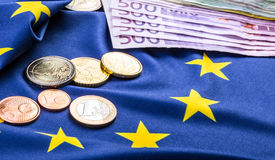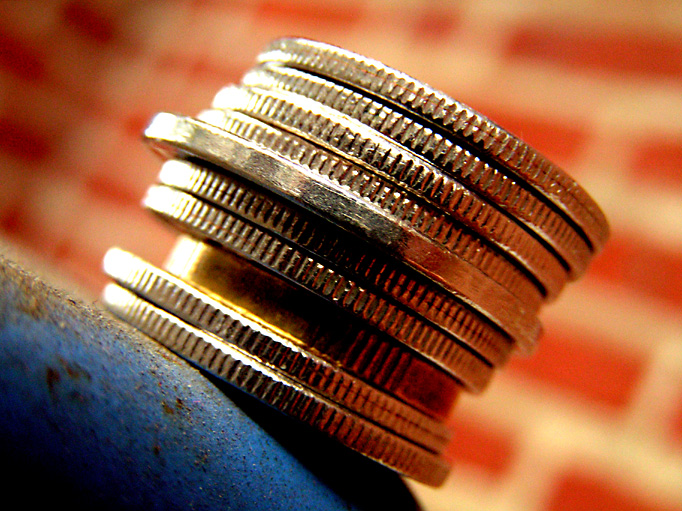
Towards gradual recovery
Economy 14 March 2016The world economic shock which also hit European economic systems and financial sectors has led to an unpredictable scenario within the Union and Eurozone. The EU`s financial centers such as stock exchanges in Frankfurt, Paris and London, urged the national governments to reinforce public expenditure and maintain stability within their financial transactions in the national budgets. It all happened in 2008 and 2009 when the crisis culminated.
Seven years later, the European Commission has proudly announced that the EU`s overall macroeconomic indicators improved during the last four years. According to their statement published on February 4th, the European economy is now entering its fourth year of recovery and growth continues at a moderate rate, driven mainly by consumption. Starting from 2012, when the European economy for the last time measured a decrease (after the big world economic crisis took place), the EU stable growth continues in the beginning of 2016. The Eurostat agency announced its statistical results of the EU economic indicators.
Probably the most important one, unemployment has not been in favor of the “European recovery” claim. In 2007, when the global economic crisis was starting to occur, the unemployment rate was only 6.6% for men, and 7.9% for women. It has significantly increased in 2014, when according to the Eurostat data, 10.1% of men and 10.3% of women were without permanent job. What worries even more, is the fact that more than 22% of youth in 28 member states of the EU did not have any job in 2014!

Photo credits: Flickr
The economic outlook for the euro area remains highly uncertain. Since the autumn forecast, some upside risks (e.g. lower oil prices, the weaker euro) and downside risks (additional slowing of global growth) have materialized, but new risks have emerged and some previous downside risks have increased. In particular, risks to the euro area growth outlook from the global economy have clearly increased in recent months. As a result, the probability distribution surrounding the central scenario of the forecast has changed in such a way that the chances of things turning out worse than forecast are now greater than the chances that they might turn out better.
GDP growth in the last quarter of 2015 likely benefited from the continued support of tailwinds but was also confronted by the offsetting effect of the growth slowdown in China and other emerging market economies. Data released since autumn suggest the modest pace of the economy. The euro area is expected to need eight years (up to 2016) to recover its pre-crisis level of real GDP in 2008. This would be much longer than previous recoveries, and is one of the reasons for reduced forecast accuracy in the post-crisis years. Growth continued, but hard data and soft (survey) data send mixed results. On the one hand, hard data suggest broadly similar or slightly lower growth than in the previous quarter.
In October and November, industrial production in the euro area was on average only 0.1% higher than the average in the third quarter (0.2% in the EU). The breakdown by industrial groupings shows that energy production declined substantially. But some weakness can also be attributed to exports. After three months of decline, industrial new orders in the euro area rebounded in October, but remained below the level registered in the third quarter. Retail sales in October and November were on average lower than in the third quarter.
Since the crisis took part in the European continent, national EU governments have been announcing several plans for recovery. However, it turned out that none of those succeeded in practice. Many reasons exerted their influence, but the EU announced its first plan for recovery in late 2014 which was a truly last-minute waking up.
The economy is stagnating at the moment, but there are reasons for optimism, as the EU is on the path to a slight recover.


